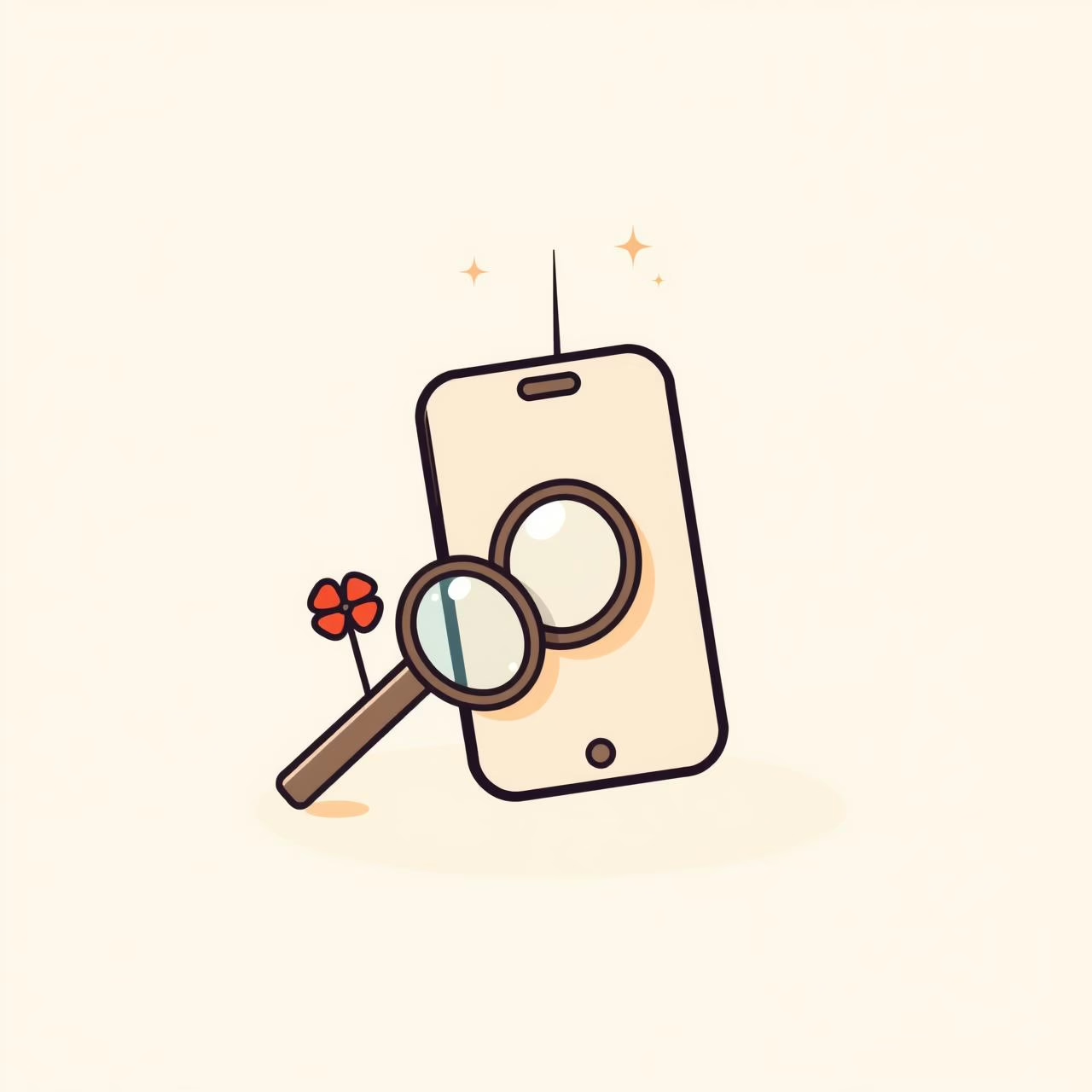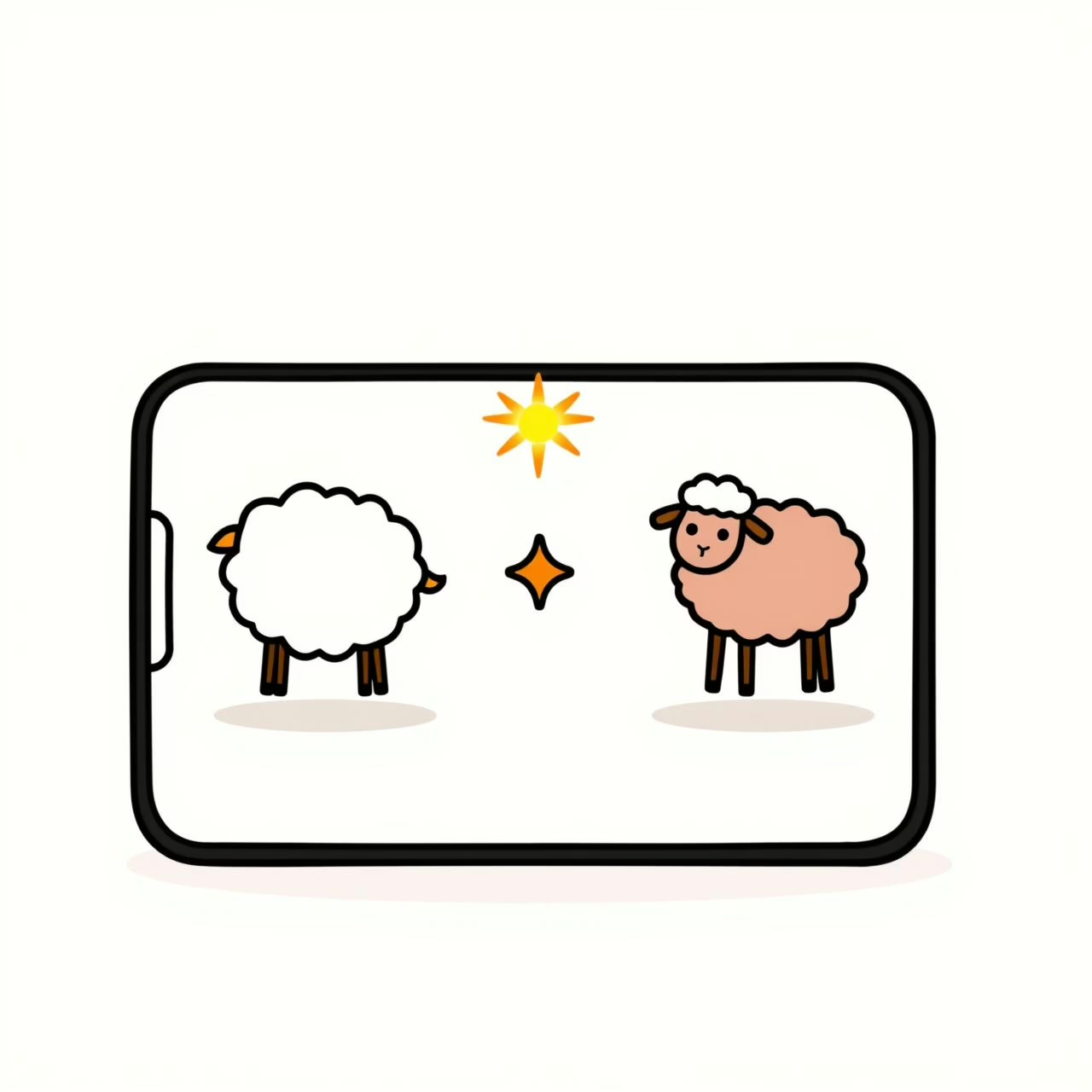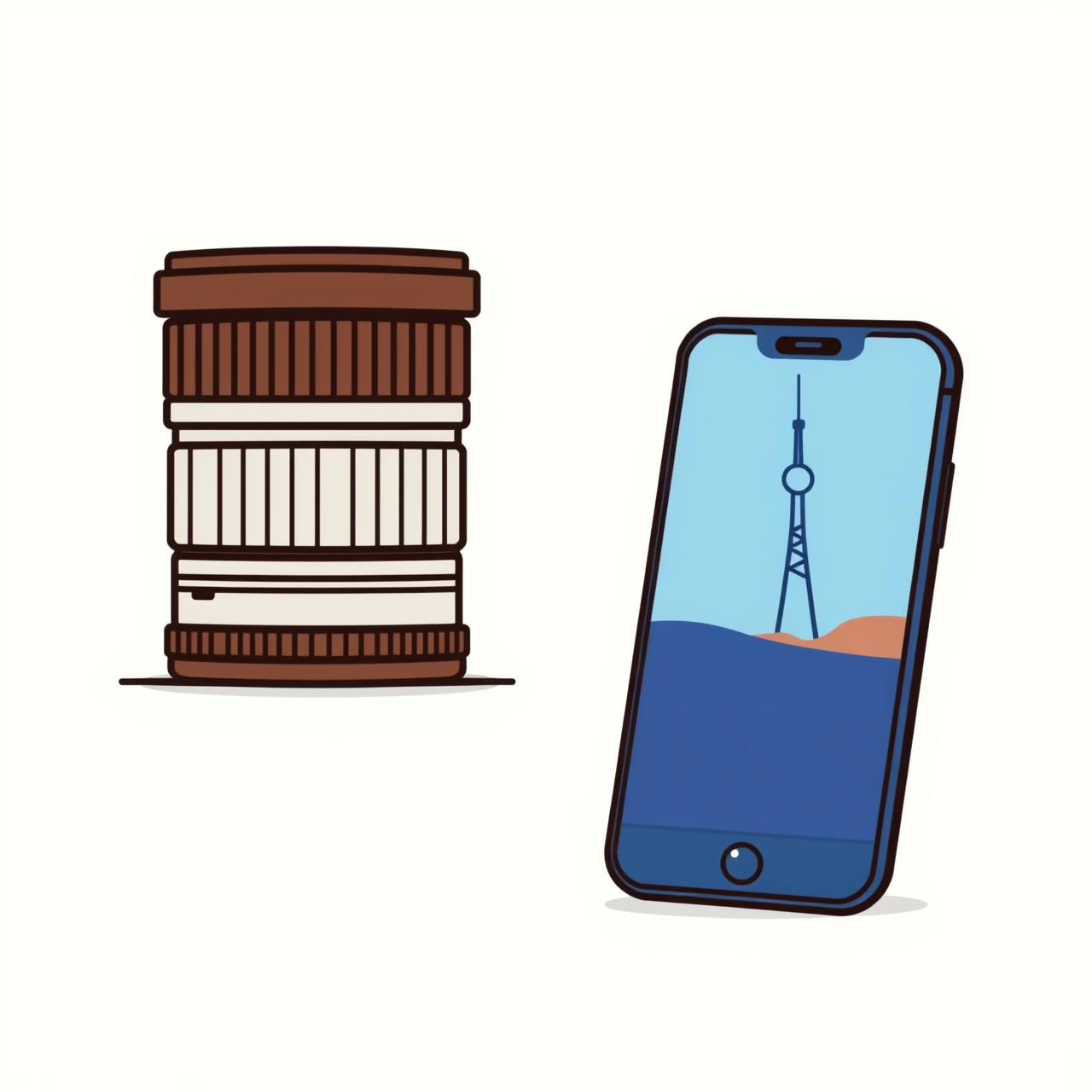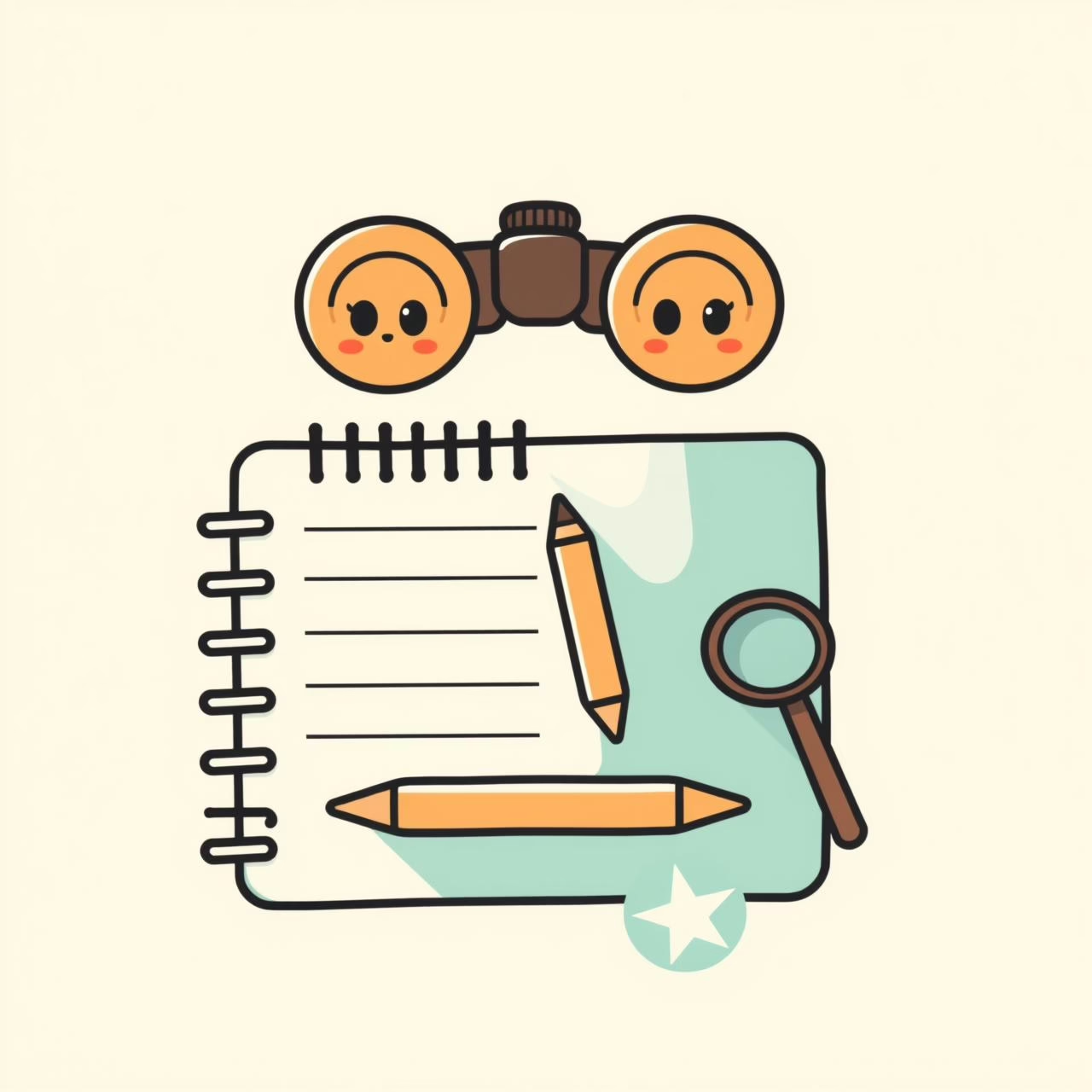
The other day my seven-year-old scavenger-hunted for “something that looks tiny but becomes huge when you pay attention.” She returned with a clover and a thousand questions. Watching her peer through a plastic magnifier reminded me of the new Pixel 10 Pro teaser I’d just read: tap past 30×, wait a beat, and poof—software working behind the scenes sketched fur on a once-smudgy sheep, erased metal ridges on a stadium, even braided Tim-Burton swirls into a local landmark. Instant magic, zero shutter sweat. Thrilling? Absolutely. Slightly eerie? Like over-enthusiastic crayon work on a coloring book page. And exactly the kind of everyday wizardry that quietly reshapes how our children define evidence, memory, and their own creative power.
Is the Sparkly Animation Lying or Imagining?

Reviews from The Verge and Android Police show the workflow: zoom to 100×, snap, open Google Photos, watch the little glitter sweep across the frame, and—blink—edges sharpen, leaves appear, sheep get woolier. Google calls it Pro Res Zoom, with software working behind the scenes that guesses what distant blur probably looked like. The tech doesn’t “enhance”; it fabricates. Clear signs become readable, yet entire architectural textures vanish. A mile-away scene turns into half real snapshot, half AI daydream.
Why should parents care? Because every time we share one of those AI-sketched moon shots with our kids, we unknowingly nudge their inner calibration of “seeing is believing.” Children already toggle between fantasy play and fact-finding. But here’s the rub: sprinkle algorithmic guesswork into their visual diet and the line shimmers even more.
Food for thought: If an electronic device can dream up bricks on a wall, what else might it quietly invent—report cards, chat messages, even memories? That rabbit hole deserves daylight.
Old-School Zoom vs Generative Whiz: the Nikon Side-Eye

Comparisons with Nikon’s Coolpix P1100 (a 125× optical monster) reveal humbling truth: air, heat shimmer, and physics still rule. On a hazy afternoon both cameras turned a local landmark into mush, just different recipes. Nikon’s result looks natural but soft; Pixel’s AI hardened lines, then doodled surreal curves straight out of a bedtime story. Neither is “correct.” One shows what photons managed to survive the journey; the other shows what statistics predict should have been there.
Kids don’t usually read camera blogs, yet they absorb our oohs and aahs. If we celebrate the sparkly version without mentioning the guesswork, we accidentally teach that clarity equals truth. Instead, why not treat every AI-polished close-up as a conversation starter? “Notice how the sheep suddenly grows textured wool—what do you think the algorithm assumed?” Just like her magnifier helped spot tiny truths, this can become another tool to sharpen their questioning skills.
How to Raise Detector-Minds: From Playground Peek to Pocket Telescope

1. Spot-the-Difference Walks
Stroll to the park, pick a distant object, snap it at max zoom, then walk closer and reshoot. Compare crops side-by-side. Let the child list which details were real, which were “painted.” Balance praise for eagle-eye observations with a giggle at AI’s over-achiever strokes.
2. Question the Sparkle
After the GIF-like shimmer ends, hit edit ➜ revert. Show the raw blur. Ask, “What clues told the phone how to finish the picture?” Even first-graders catch on: clouds of pixels + training data = best-guess artwork.
3. Build a Family Metadata Habit
Keep a tiny notebook (digital or paper) where each super-zoom photo earns a one-line caption: “Guessed.” “Real.” “Mixed.” Over months you’ll weave an informal media-literacy scrapbook without sounding like a lecture.
4. Praise the Process, Not the Perfect
Applaud effort your child spends verifying facts rather than the wow-factor of the final image. Momentum matters more than one right answer.
Balancing Wonder and Wisdom in a Fill-In-the-Blanks World

ExtremeTech notes that Samsung’s 100× “Space Zoom” still relies on massive sensors and glass, whereas Pixel’s approach pivots to computation once the optical road ends. Both brands chase moonshots; each models a worldview. Optical zoom whispers, “Get closer or accept limits.” Generative zoom shouts, “Limits are for algorithms to fix.” Neither is villain—both are tools. Our role is to place them in a kid’s hands like a spade and a paintbrush: one can dig up real stuff, the other imagines what could.
Three gentle rails:
- Screen-time balance: Let them experiment, then pocket the phone and wield binoculars or a kid-friendly microscope. Physical optics remind young eyes that reality still exists to be sensed directly.
- Creative confidence: Show that drawing, storytelling, or good old Lego builds can also “fill in blanks,” often with more personality than Silicon-Valley code.
- Humble hope: Share the awe—yes, software now assists our eyes—but anchor it in compassion: every guess the AI makes was once harvested from someone else’s real photo. Acknowledging provenance breeds respect.
Quick-Fire FAQ for Curious Families
Q: Will AI-zoomed shots fool my child into false memories?
A: They can nudge perception, especially if never questioned. Counter with side-by-side habits and open conversation. Like explaining how cartoons are drawn, not real—patience wins.
Q: Should I switch the feature off?
A: Not necessarily. Use it as a telescope for fun, not evidence in a courtroom. Keep unedited copies if authenticity matters.
Q: At what age can kids grasp “algorithmic guessing”?
A: Around six or seven many children understand “best guess” versus “sure thing.” Concrete demos—blurred puzzle pieces, finished puzzle—work wonders.
Q: Does this mean photography is dead?
A: Hardly. Photography is expanding. Optical truth sits on one shelf, computational imagination on another. Both can live in the same house.
Q: Any safety concerns?
A: Same as any zoom: respect privacy—no peering into windows—and remind kids that sharable doesn’t always mean appropriate to share.
Parting Shot (100× Not Required)
AI in education, AI in entertainment, AI in our pockets—each new trick begs the same ancient question: will we let the tool train us, or will we train the tool with our humanity? The next time the Pixel sprinkles pixie-dust on a distant rooftop, enjoy the gasp, then flip back to the original smudge. Ask your child which version feels truer, which feels kinder, which story they would rather tell. If their answer starts with “Well, it depends…” congratulations—you’ve just raised a thinker who can stride into a blurry future with clear, compassionate eyes. And that, no algorithm can outshine.
Source: Here’s how the Pixel’s AI zoom compares to a real 100x lens, The Verge, 2025/09/03 22:58:13
